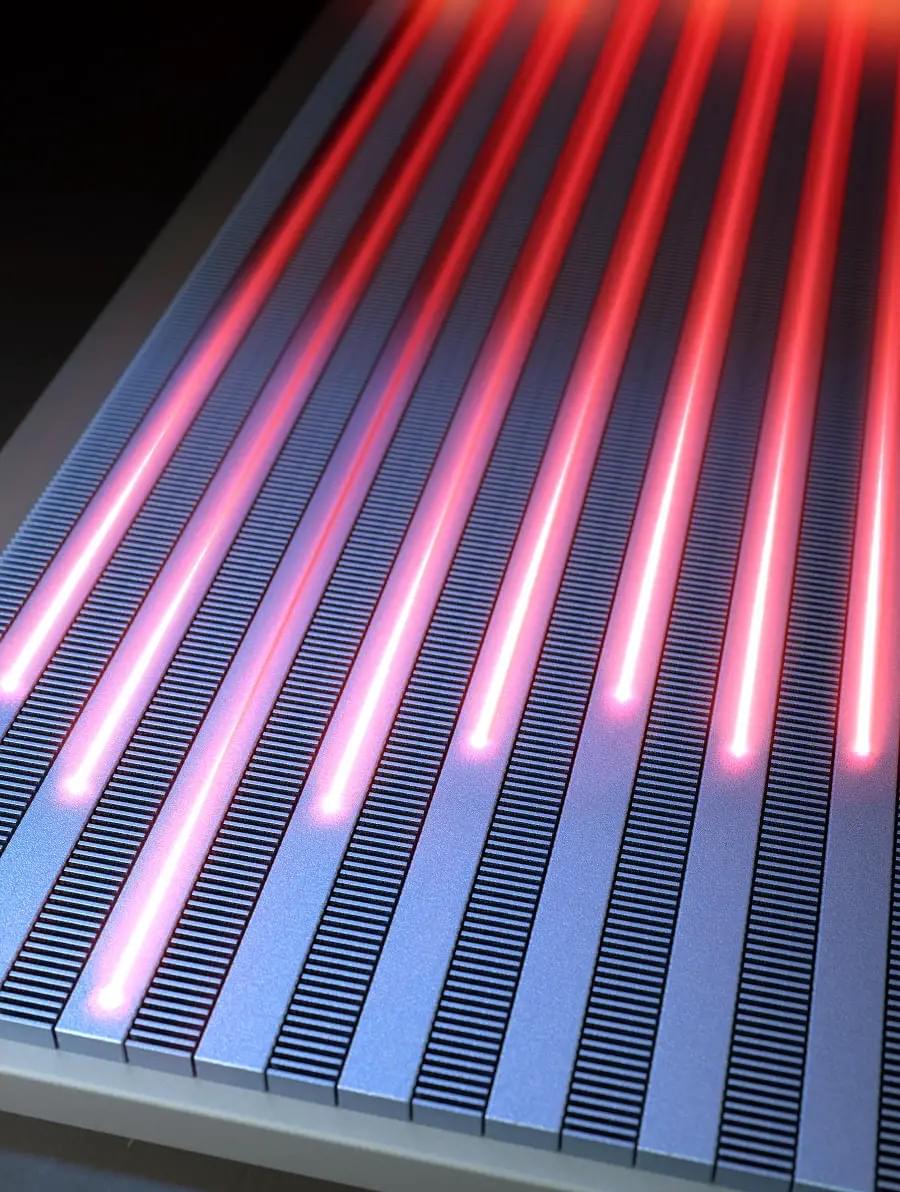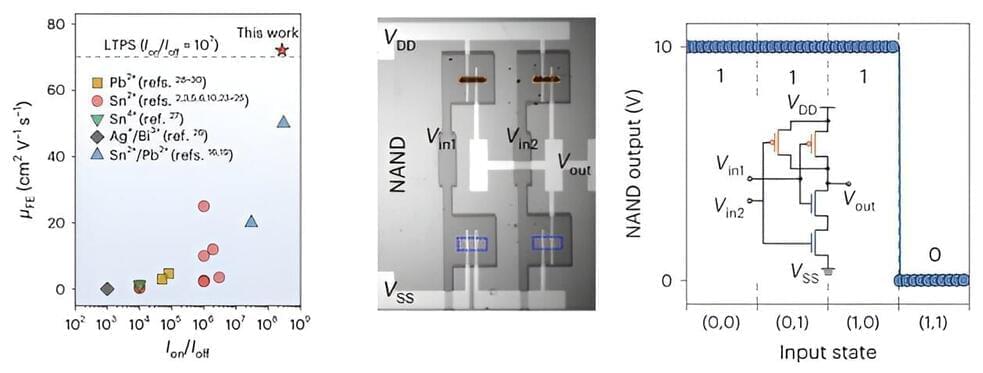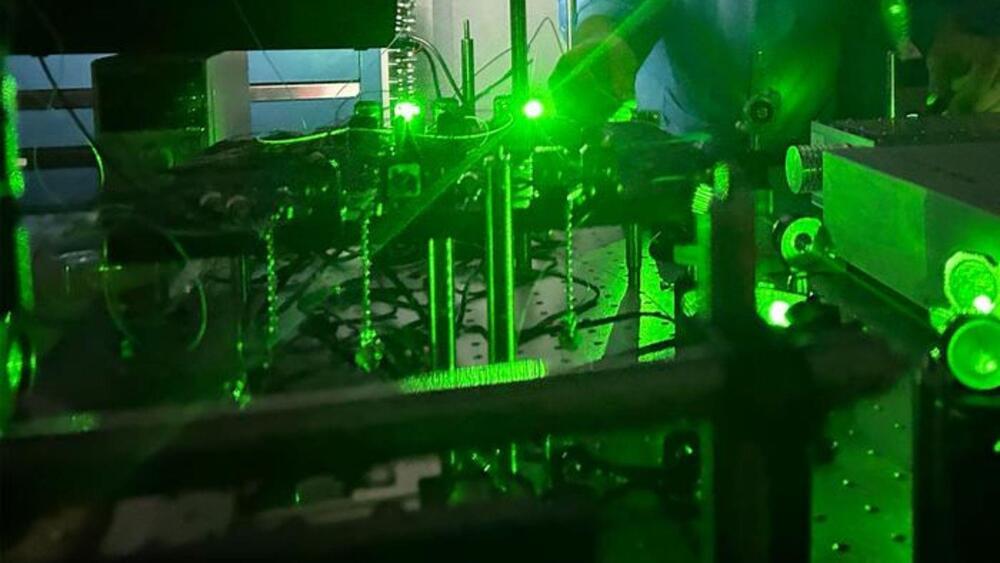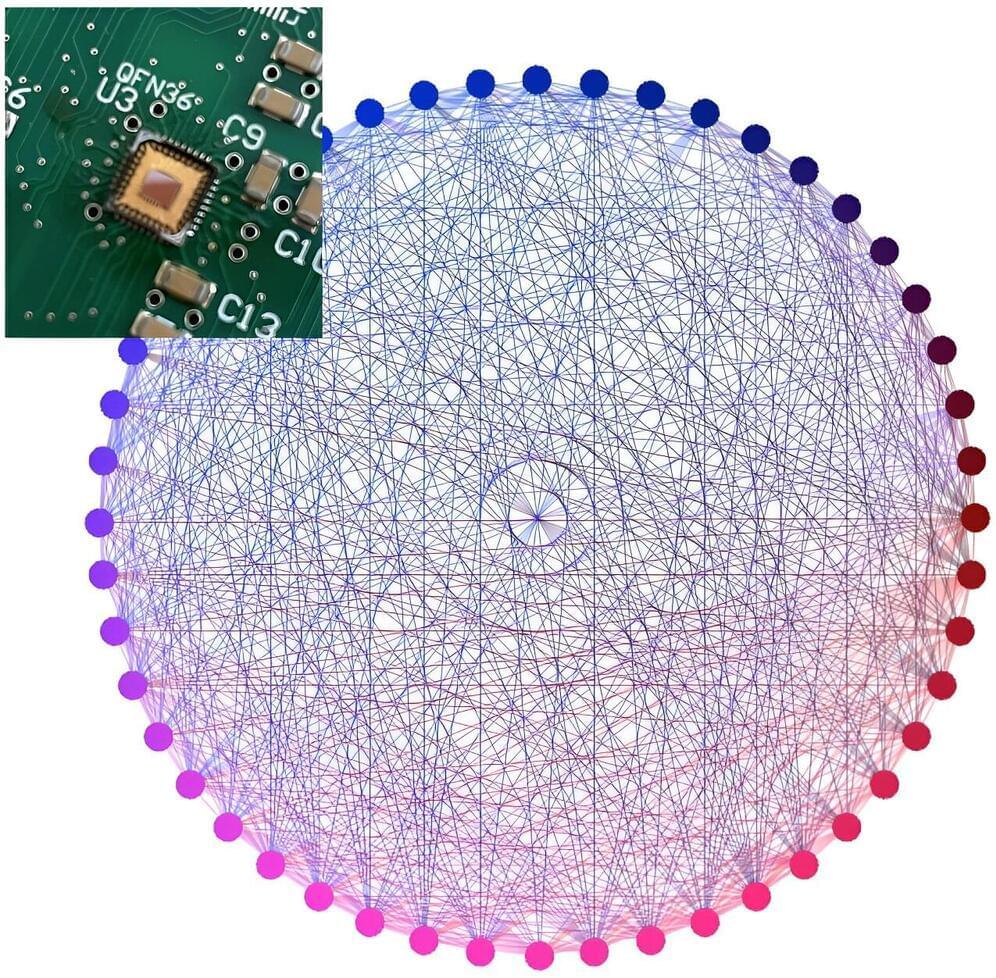Sep 13, 2023
How Tiny Schrödinger’s Cats Could Upend Quantum Again
Posted by Paul Battista in categories: computing, quantum physics
The building blocks of quantum computers are often thought to imitate the famous thought experiment known as Schrödinger’s cat, in which quantum physics essentially suspends a cat in a box in a nebulous state between life and death: The cat only definitely becomes alive or dead when someone looks in the box. Now, by mimicking Schrödinger’s cats as closely as possible, a French startup reveals it could help make extraordinarily powerful quantum computers a reality sooner than previously thought—a strategy Amazon is also pursuing.
Classical computers generally switch transistors either on or off to symbolize data as ones or zeroes. In contrast, quantum computers use quantum bits— qubits —that, because of the surreal nature of quantum physics, can exist in a state of superposition where they are both 1 and 0 at the same time. This essentially lets each qubit carry out two calculations simultaneously. The more qubits are quantum-mechanically linked, or entangled, the more calculations they can perform at once, to an exponential degree.
The new strategy depends on so-called “cat states,” pairs of very different quantum states as diametrically opposed to one another as the “alive” and “dead” feline once famously postulated by Erwin Schrödinger.
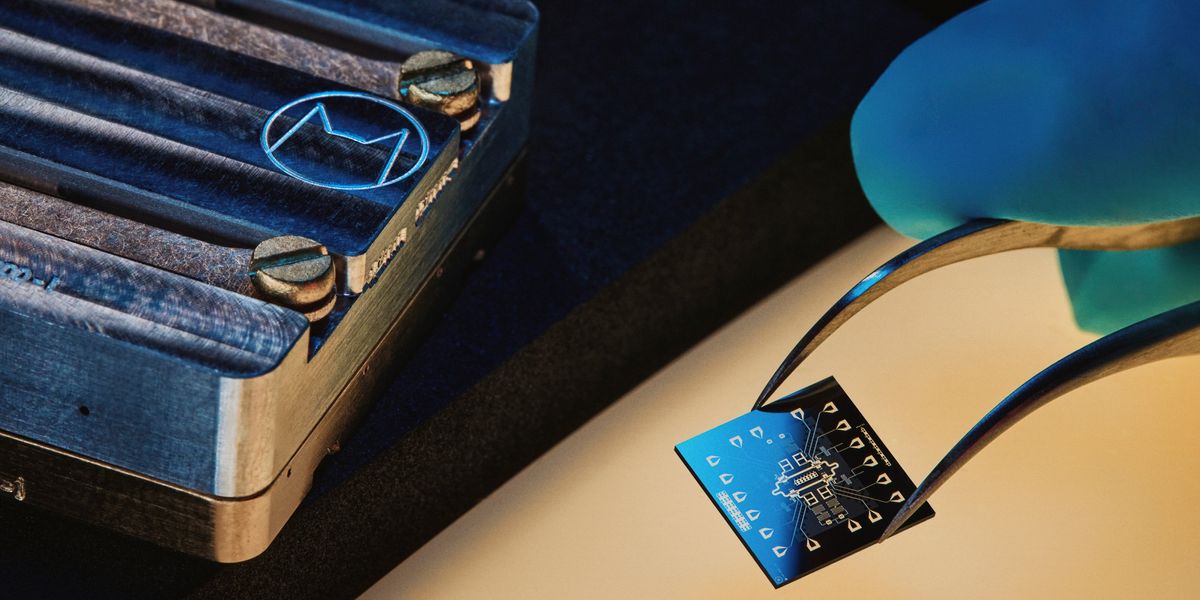 The building blocks of quantum computers are often thought to imitate the famous thought experiment known as Schrödinger’s cat, in which quantum physics essentially suspends a cat in a box in a nebulous state between life and death: The cat only definitely becomes alive or dead when someone looks in the box. Now, by mimicking Schrödinger’s cats as closely as possible, a French startup reveals it could help make extraordinarily powerful quantum computers a reality sooner than previously thought—a strategy
The building blocks of quantum computers are often thought to imitate the famous thought experiment known as Schrödinger’s cat, in which quantum physics essentially suspends a cat in a box in a nebulous state between life and death: The cat only definitely becomes alive or dead when someone looks in the box. Now, by mimicking Schrödinger’s cats as closely as possible, a French startup reveals it could help make extraordinarily powerful quantum computers a reality sooner than previously thought—a strategy 